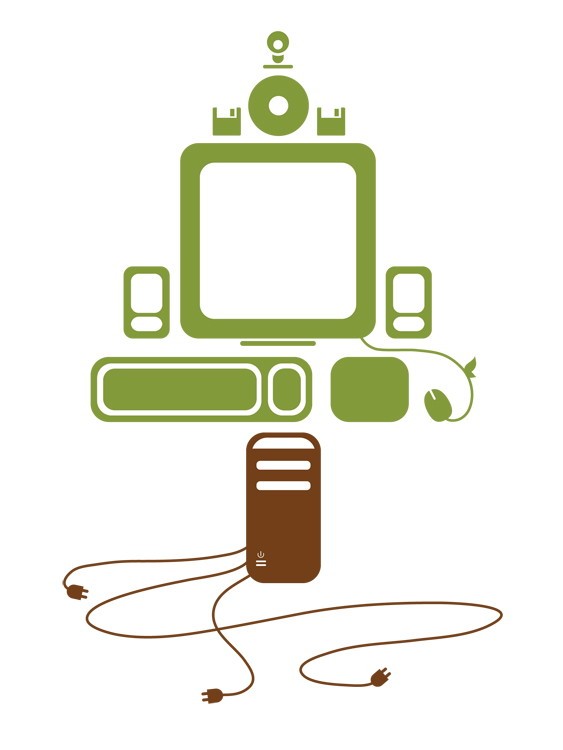Laying the framework for smart energy solutions
Green technology will be this decade’s Internet
Nearly two decades after the birth of the Internet and the information technology (IT) boom, the same infrastructure, principles and ideas that spearheaded one of the longest economic boom periods ever will be key in making green technology this decade’s technological revolution.
The technological advances of the IT era will play a large role in economic strategy and how we view environmental and social policy in the coming years.
Little did Tim Berners-Lee know when he published the first ever web page in August 1991 that he and his team had created something that would revolutionize communications, accelerate globalization and begin the IT boom.
From that came a long period of economic growth and many new companies that did not exist prior (like Amazon and Google, for example). A lot of this new technology provided the infrastructure for many developing countries to get out of poverty through high-tech industries, all while lowering the cost of computers for both people and businesses.
Indeed, the creation of the Internet drastically changed the world, despite criticism from both sides of the political spectrum.
Fast forward to 2010, where carbon emissions, public interest in various news stories devoted to environmental issues and an ever-increasing appetite to find new types of energy sources have put green technology (GT) on the map.
In fact, investments in renewable energy projects in 2009 outpaced fossil fuel projects for the second year in a row worldwide.
Initially, you might not think that GT and IT have a lot in common. After all, GT is all about alternative energy, while IT is about communications and information.
In fact, they do have a lot in common and are actually intertwined. Many of the ideas and principles behind the great Internet and IT boom are behind the start of the GT boom.
For example, the infrastructure behind the explosion of the Internet made it possible for technology to become cheaper. This saw computer, fibre optic and broadband connection prices plummet, which increased productivity, business efficiency and new employment opportunities.
These new efficiencies in technology have brought down the price of many green technologies, including the production of solar panels and wind turbines. This will, in the near future, make it more attractive for people to invest in such technologies, fuel demand for alternative energy and create jobs.
Besides bringing down the cost of green technologies, the IT boom has been a building block for the early aspects of smart grids and has stressed the importance of how GT will change how we look at energy; not as dumb passive energy, but as intelligent.
As Tom Rand says in his book Kick the Fossil Fuel Habit: 10 Clean Technologies to Save the World, GT means “bringing together computers and communications, clean power and energy efficiency ... the Energy Internet is an Internet of things.”
Indeed, there is a lot of promise for GT to be what IT was in the 1990s, but it will require adding onto those technological building blocks. For example, GT will require governments to encourage more private sector green research and development, green job training programs and higher incentives for investment.
It also requires the interest of high-tech companies that were born out of the IT boom. Google for example, recently invested in an off-shore wind farm near the U.S. Atlantic coast. Policies at the local government level are also required to encourage community entrepreneurship focusing on small-scale alternative energy companies. This is especially necessary in northern and rural regions.
Just as the Internet dominated the 1990s and 2000s, the 2010s will be known as the GT decade. You can take that to the bank.
Adam Johnston is an economics and rhetoric and communications student at the University of Winnipeg who focuses on environmental, economic and technology policy at http://moderneconomicstechnologyenvironment.wordpress.com.
Published in Volume 65, Number 9 of The Uniter (October 28, 2010)








